Source: strategyzer.com
Home » Skills Exploited

Tech-Agnostic Approach
Tech agnosticism is an approach that enables businesses to break free from proprietary technology, programming languages or the need for specific certifications. By following such a philosophy, developers and engineers aren’t handcuffed to specific tech and can select, code, integrate, monitor and manage applications with more freedom, so they’re able to create solutions that fully meet business needs.
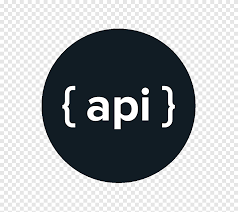
API-driven Approach
The API-driven strategy emphasizes the use of APIs as the primary channel of communication between microservices by thinking, defining, and standardizing the API definition first.
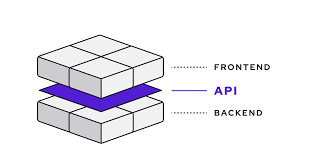
MACH Approach for Composable Architecture
At its core, composable architecture is an approach to designing and building applications by assembling independent, self-contained, and interchangeable components. Each component serves a specific purpose and has well-defined boundaries.
The MACH Approach stands for:

Low-Code Development
Low-code development is a method of creating software applications with less coding than traditional code-first development. Low-code platforms use visual tools, drag-and-drop functionality, and automation to create apps.
Benefits of low-code platforms

High Integration Approach
A project with an integrated approach can be defined as a project that tries to achieve more “holistic solutions” to complex problems by integrating different kinds of technologies.
This method attempts to seize on the opportunities that arise when cross-sector interventions lower costs and enhance systems, services and products, in the hopes of improving development efforts.
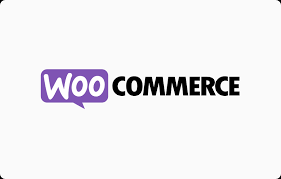
WooCommerce
No matter what success looks like for you, you can do it with WooCommerce. Our WordPress-based ecommerce platform helps merchants and developers build successful businesses for the long term.

vTiger Community Edition & Cloud Software-as-a-Service (SaaS)
vTtiger all-in-one Customer Relation Management (CRM) empowers you to align your marketing, sales and support teams with unified customer data powered by One View. CRM made easy.
Maximize growth with the best AI-powered CRM and Generative Pre-trained Transformer (GPT)
Why choose vTtiger
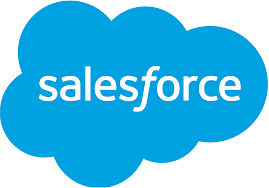
Salesforce
Unite marketing, sales, and service in a single app.
Get CRM, trusted AI, and data on one integrated platform.
Every solution in Einstein 1 works together on one platform, so it’s easier for your employees, your AI, and your data to work together, too.
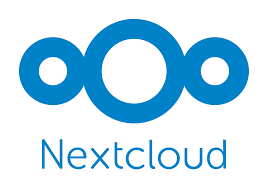
NextCloud
Trusted by thousands of organizations.
The most popular open-source content collaboration platform for tens of millions of users at thousands of organizations across the globe.
nextcloud.com

WordPress
The open-source publishing platform of choice for millions of websites worldwide—from creators and small businesses to enterprises.

WooCommerce
No matter what success looks like for you, you can do it with WooCommerce. Our WordPress-based ecommerce platform helps merchants and developers build successful businesses for the long term.
woocommerce.com

Talend Data Fabric
Talend combines data integration, data quality, and data governance in a single, low-code platform that works with virtually any data source and data architecture.
talend.com
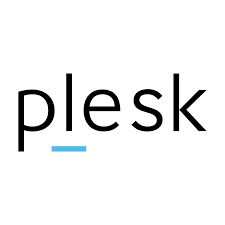
Plesk
The Ultimate Toolkit for WordPress Sites.
Save hours with One power tool to install, manage, update and secure all sites.
Includes: automated AI-powered regression testing, cloning, staging environment, backup and restore features.
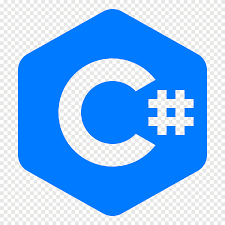
C# (C Sharp)

Java Programming Language

Python Programming Language
Python is a programming language that lets you work quickly and integrate systems more effectively.
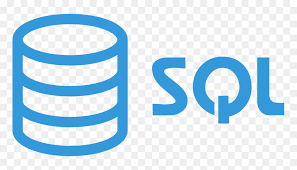
SQL, Structured Query Language Programming Language (pronounced S-Q-L; historically “sequel”)
SQL is a language for specifying the organization of databases (collections of records).
Databases organized with SQL are called relational, because SQL provides the ability to query a database for information that falls in a given relation.

PHP Programming Langage
A popular general-purpose scripting language that is especially suited to web development.
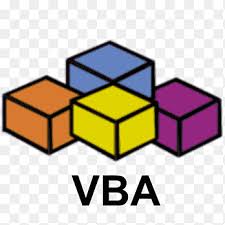
VBA, Visual Basic for Applications
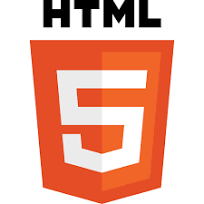
HTML, HyperText Markup Language
HTML is the standard markup language for documents designed to be displayed in a web browser.
It defines the content and structure of web content. It is often assisted by technologies such as Cascading Style Sheets (CSS) and scripting languages such as JavaScript.
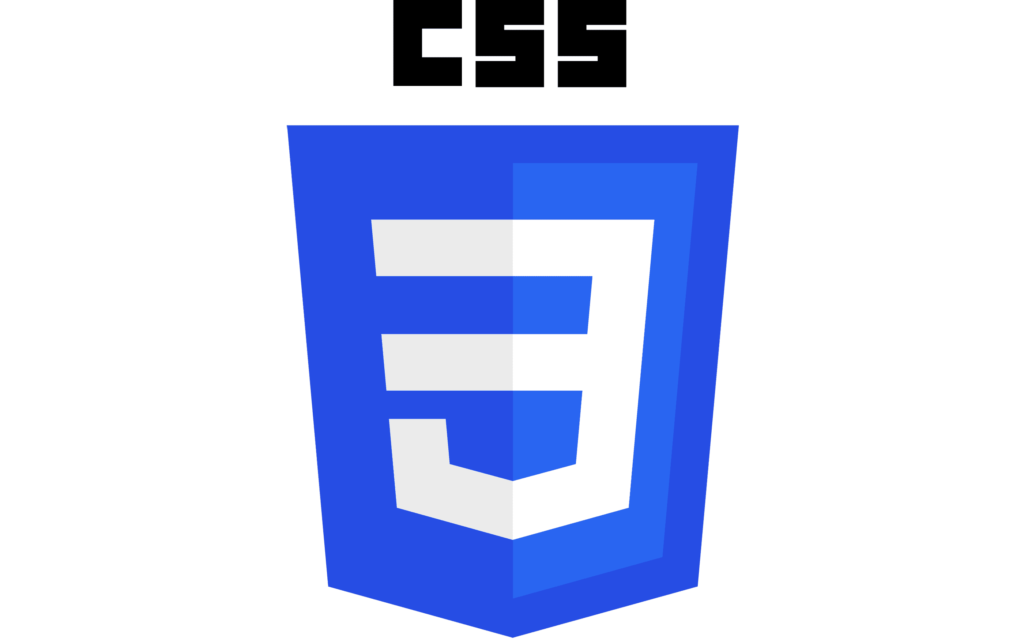
CSS, Cascading Style Sheets
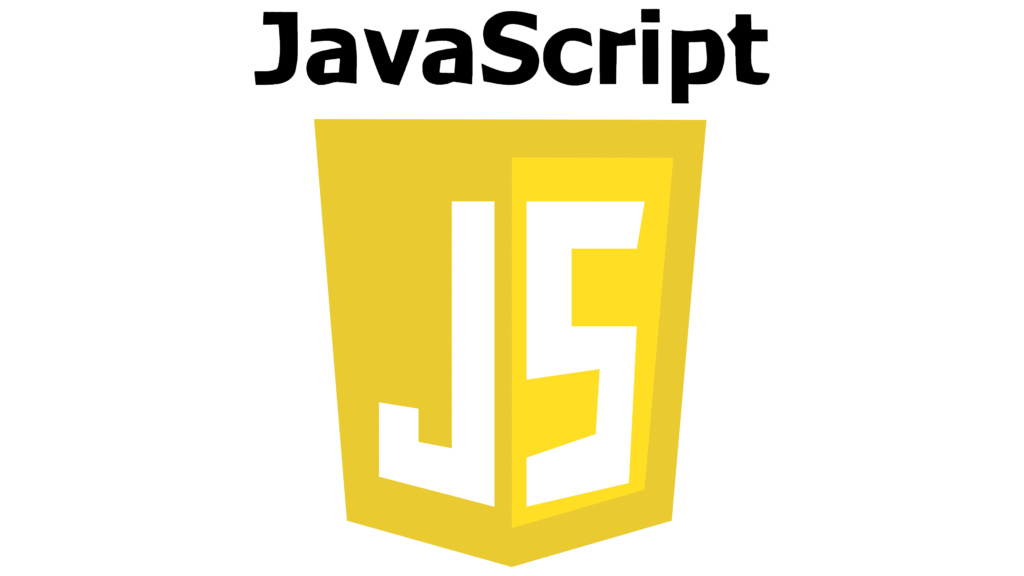
JavaScript often abbreviated as JS
Knowledge Base Dedicated Page
Blog Dedicated Page
© 2024 Altos Web Solutions. All Rights Reserved!